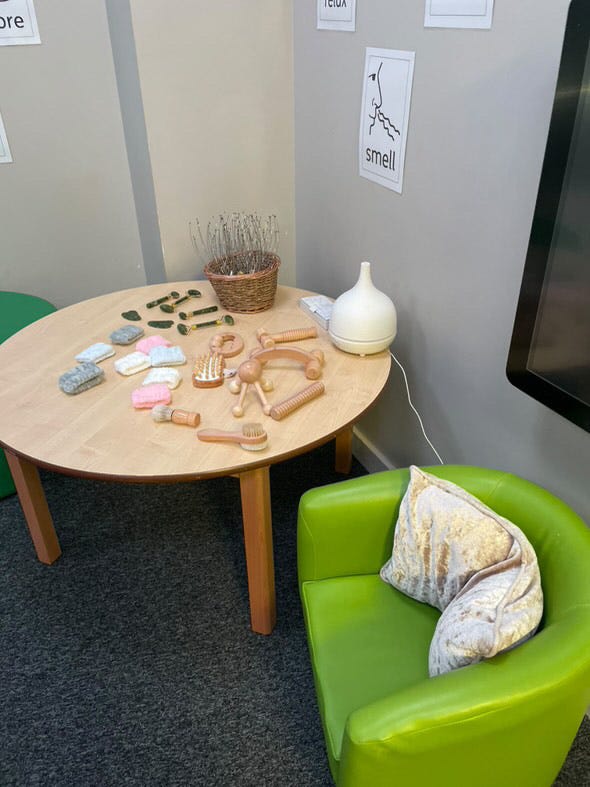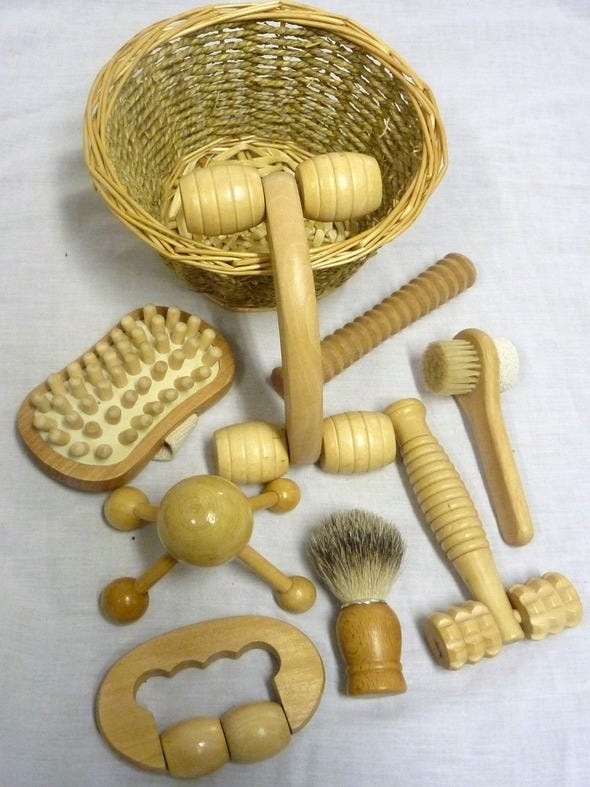Within the world of Special Educational Needs, we talk a lot about children’s sensory systems and how we need to support our children to regulate themselves in order for them to be able to engage with the opportunities and activities around them.
One of the key sensory systems for our children is proprioception, which is the ability to understand where our body is in space and how it moves. For a neurotypical child, this is something that will develop naturally over time as the child grows, experiences the world around them and begins to make sense of it all. For children with SEN however, we know that various barriers crop up during their early development which, for some, makes body awareness a much trickier concept to grasp. This can present itself differently for different children but could look like: difficulty with fine motor skills, oversensitive or under sensitive to touch, pressure or movement, poor coordination, or a feeling of disconnect from their own body.
This is where massage and deep pressure can play a vital role in supporting children to prepare for learning or ready their bodies for a particular activity or experience.
Think about an everyday task you carry out. For example, picture yourself (or actually give it a go) picking up a pen to write a note. Without any additional thought, you know:
- What body part you need to use
- How to coordinate your body to operate this body part
- What to expect when you touch the pen
- How to grasp it
- How to adjust your hand position to hold the pen correctly
- What to do once the pen is in your hand
All of this happens in a split second, quicker than it would have taken you to read the list of things your brain and body are having to do.
For our children who struggle with proprioception however, they might need some additional support, and massage can be a great tool to provide this.
Our children may struggle with each of the above steps in the sequence of actions needed to pick up a pen to write or mark make, or they may just find a particular element of that tricky, for example touching the pen or securing their grasp around the pen. You can use massage to tailor your input based on what you know about the child, observing and adapting based on their responses and actions.


Here is how I might use massage to support a child who was struggling with the whole sequence:
Disclaimer: you will know your child and their individual needs. You should gain consent from them to engage in close touch and deliver the massage input in a way that works for them. It may be that start to finish lasts no more than 30 seconds, it may be that they need 30 minutes or more.
Depending on the time available, you may want to start with a head-to-toe alerting massage, to help bring awareness to each body part in turn before focusing on the body part being used.
Our Autumn Number Tray offers a wonderful way for children to engage with numbers and counting through hands-on play. As seen in the activity below, small stones are used to fill each slot on the wooden board, providing a tactile approach to counting from 1 to 10. This board encourages not only counting practice but also helps children explore concepts such as
-
Start by taking the child's hand and squeezing it slightly, applying deep pressure. Do this to each individual finger on one hand in turn. Add in massage tools. A hand brush or soft bristle brush would work nicely here. You may want to comment at this point that we are going to be using our hands.
-
Apply pressure up their arm, encouraging extension where possible. Use massage tools such as a wheeled massager or a lymphatic brush, moving up and down their arm. At this point you may label the movement, saying that we will be reaching out with our arm.
-
Move back down to the hand. Introduce textures similar to the pen. In the ‘calming & relaxation time fun kit’ you may use the tortoise massager and the 4 ball wooden massager, using language such as hard and smooth to describe the texture to expect.
-
Next, we want to draw attention to the grasping motion. Offer a massage tool to the child, handle first. You might choose a massage tool you’ve already used, and they can use this on their other arm, different body part or on you. You might also want to use a massage tool that replicates the size and shape of the pen, for example a head tingler which has a long, thin handle. To support movement of the hand and adjusting of position, offer different massage experiences. For example, can they bring the head tingler to their own head, or onto your head if you are low down, up high or to their side.


After the massage sequence has finished, I would then introduce the pen or mark making opportunity.
Remember, you will have put this work into preparing their body to be alert and ready, so you want to then give them a chance to use their body part whilst it is in this state of readiness.
The purpose of massage when used in this way is to bring attention to the body and how it works and responds to the world around it. Even as adults, if we are lucky enough to find ourselves in a spa having a massage, or just lying on the sofa with a loved one running their hands over our head, we are subconsciously bringing our attention to this body part, how it feels and what it needs in that moment. Afterwards, you might find yourself particularly attune to the movements of that area of your body for a few minutes once the massage has ended.
Ways you might use massage with your child/children:
- To prepare a particular body part for use, such as to engage with a mark making activity or before physical movement
- As a body alerting and awareness session, massaging in sequence across the whole body. This often works well when paired with music, for example you might use a song like ‘hand jive’ whilst massaging hands
- To relax. Don’t forget the calming benefit massage has on us as we tune into the different parts of our body. You could pair massage tools with some scented creams to engage more of the senses
- To self regulate. Having a basket with some massage tools available to your child/children may enable them to begin to recognise and apply massage techniques to themselves when needed
By incorporating massage into your child’s routine, you can help them develop greater body awareness, making everyday tasks feel more natural and accessible.



